Whoever makes a long journey or world trip will have his or her suitcase, camper van, camper of backpack probably packing with clothes but of course also all kinds of handy (often electronic) Gadgets. An important gadget and also a question that many people have is whether they want to take their camera with them when traveling. Or perhaps you're wondering if the smartphone camera is sufficient (the answer is: no). Maybe you're even about to buy a nice camera? Then you immediately come back to the next problem: which one? Which cameras are actually suitable for a long, distant trip or world trip? And why?
Preface
The best camera is obviously one that you have with you. That is why I will only discuss compact cameras here that you can easily take with you when traveling. In this article I will help you choose a type of camera that suits you. So this article is did not intended to sell you the most beautiful, most expensive or most fancy camera. It is mainly intended to make you think about your wishes, the possibilities and the pitfalls of the various cameras that are for sale.
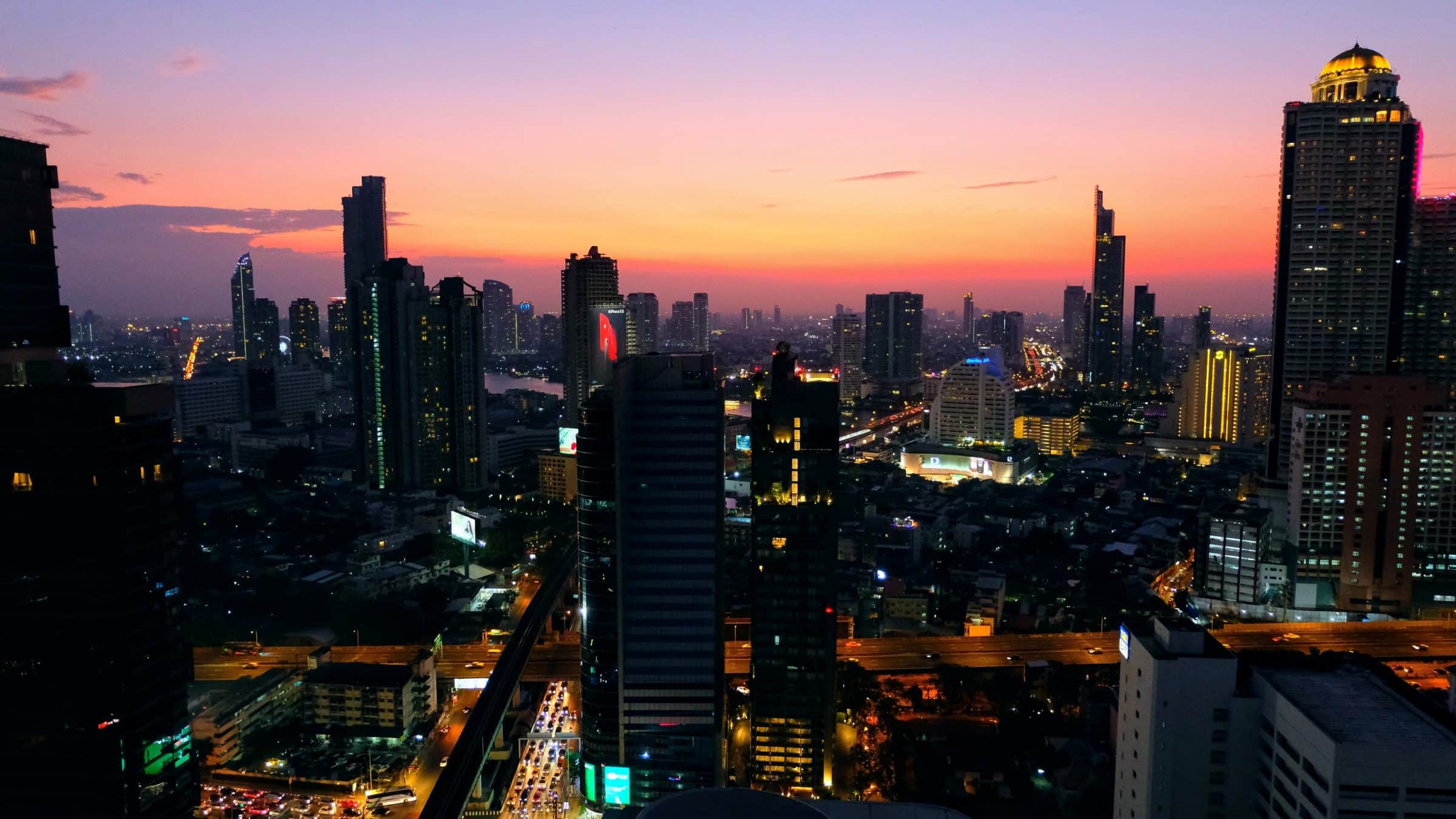
I will help you with this because I speak from experience. With 15 years of world travel experience, I have worn out quite a bit of camera equipment and I will be honest with you: I have not always made the right choices. One camera was too big so I often didn't want to take it with me. The other camera was too fragile and vulnerable or was comparable in quality to a smartphone camera. So a waste of your money.
I learned from that. And that's why I'm happy to help you on your way by recommending cameras that I really liked and that have allowed me to capture unique moments.
Cameras that are not only of good quality but also versatile. For example, you also want your camera to be able to survive a year of heavy travel - and the latter is not as obvious as it seems.
Why not a smartphone camera?
Let's start at the beginning. I take as few photos as possible with my smartphone while traveling. Smartphone cameras are NOT just as good or comparable to cameras that are actually built for one purpose: shooting. I see many of you, with your eyes already rolling in your skull rebelliously, already thinking: I have a futuristic iPhone 23 or a 57 euro Samsung S1500 that takes great pictures!
Sorry. Smartphone cameras are great fun at home while you take pictures of your meal and cats, but not for one of the most wonderful experiences of your life: a worldly journey. I recently wrote an extensive article about the how and why. Many of you may disagree, but here's what I think: Why you should NOT take pictures with your smartphone during your world trip.
What is a good camera?
So what is a suitable camera for traveling? Well, that of course depends entirely on what you are looking for. But assuming you travel a lot like me or are planning an unforgettable trip, I'm going to talk exclusively about cameras that are versatile as well as sturdy and reliable. There is no perfect camera and as you read this article you will discover that I use different cameras for different situations.
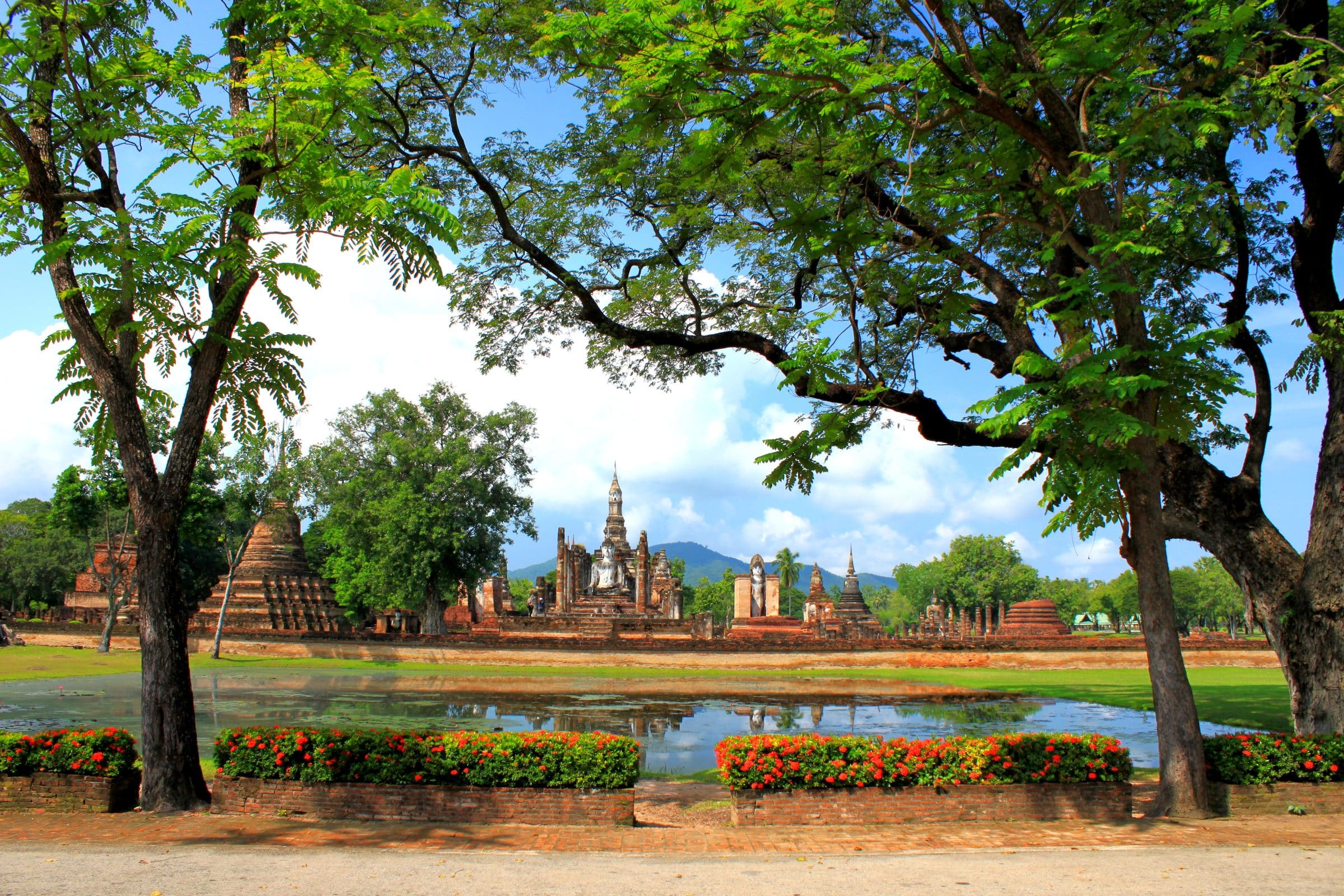
In this article I am going to rate the mentioned cameras on the following:
Photo and video quality
Photo and video quality is important, because you want to be able to use the images for the rest of your life. After all, they are unique memories of some of the most beautiful moments of your life. Cherish this fact and think ahead.
Portability
Portability is very important, because the best camera is one that you actually have with you. When you climb a 4 kilometer volcano, every gram counts. If you need extra bags for a camera, you will be tempted not to take it with you.
Build quality
Built to survive, that's what you want in a travel camera. Of the thousands of cameras out there, 95% are too fragile and therefore immediately unsuitable for long journeys. Hotel in, hotel out. Taxi or tuk tuk in and out. Walking in the jungle, in the snow, the desert, the beach, and so on. Your camera has to endure a lot during a long trip or world trip. Sturdyness and build quality is therefore of great importance.
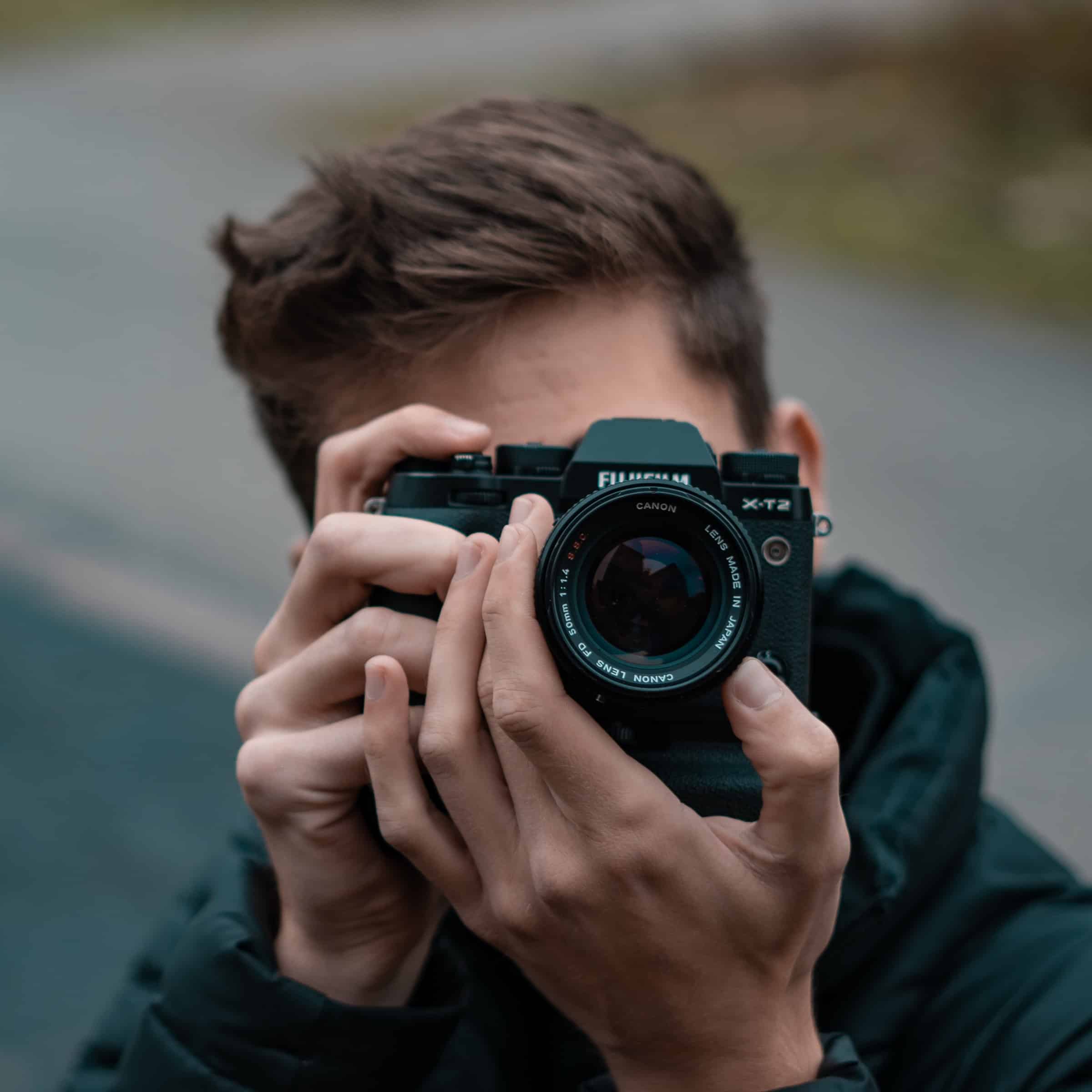
The best cameras for travel
Which type or model of camera suits you best depends on your specific expectations and, not unimportantly: your budget. Do you think portability is most important? Or the quality of the photos?
Compact cameras
They may not be the newest or the most superior travel cameras you can buy, but the Panasonic Lumix G80, GX80, DC-TZ90 en DMC-TZ100 (here en here for sale), have been at the top of the list for many world travelers for years. This is mainly because they are so incredibly compact and yet are able to deliver good, sharp photos. The reviews don't lie, this is the number #1 camera for thousands of people on the road.


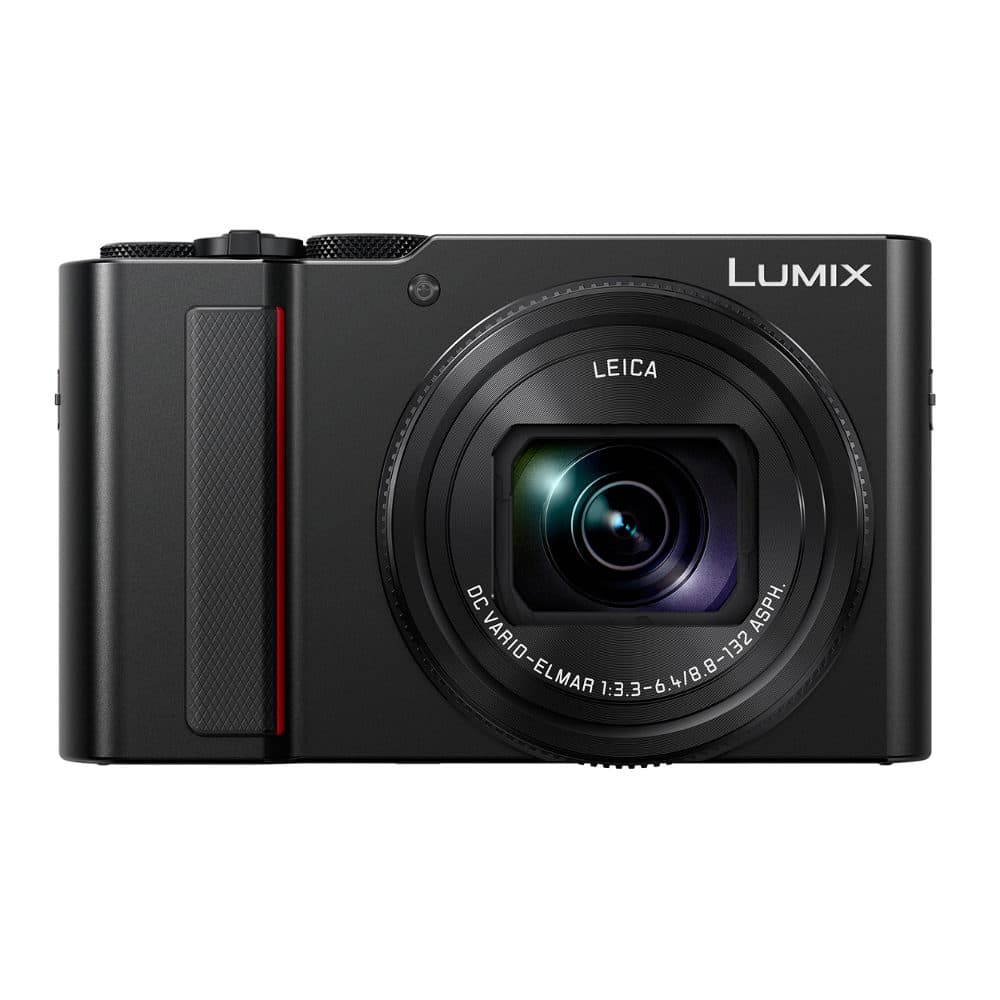
Remark: The Panasonic Lumix Lumix G80, GX80, DC-TZ90 en DMC-TZ100 are more or less the successors of the ZS200 / TZ20. Unfortunately, the XS200 and TX20 are hardly available in the Netherlands these days.
Large image sensor: The compact Lumix cameras are small enough to go unnoticed, but still have a large image sensor that dwarfs your smartphone's camera. It is also equipped with a optical 15x zoom range to bring you closer to the action.
Portability: The Panasonic Lumix series are really compact. When the lens is retracted, they fit easily in your jacket pocket or spacious trouser pocket. And because the housing is made of a sturdy material and the lens is folded well protected behind mechanical flaps, it can also withstand a knock.
Tip:: For extra security, make sure you purchase a small camera bag to keep the camera in when you put it in your jacket pocket or backpack to prevent dust from forming and this camera will bring you years of enjoyment.
Pricing: With a new price of approximately 600 euros, these are not cheap cameras (current prices here en here), but for that you get a compact camera that can take a beating and that takes excellent photos.
GoPros
If you want something super portable, an action cam like the GoPro Hero 10 or newer (here en here for sale), perhaps the most suitable. I also don't think I have to explain to anyone that GoPro cameras asshole proof are. They are made for extreme sports, can go under water up to 25 meters without extra protection and are used to falls, bumps and extreme conditions. On paper, the ideal camera for a long journey or world trip.
Photo quality is substandard: The photo quality of the GoPro (including the newer versions), however, is substandard and you cannot focus the photos, just like the videos. The camera in your smartphone most likely takes much better photos than the GoPro. I therefore find the GoPro cameras especially suitable as an additional camera. For example, a GoPro is perfect if you already have a good compact or system camera that does not have good image stabilization and cannot be used underwater.
Also read: Why I prefer sturdy 'world travel proof' smartphones over iPhones
Great image stabilization for video: However, the digital image stabilization in the videos is world class at GoPro. It's called Hypersmooth and this technology works so well that a separate stabilizer for your camera has become completely unnecessary. When I saw it in action for the first time, I couldn't believe my eyes. To give you an idea, watch the video below. These are images that I took myself in Kenya with the whole car going up and down and me just walking around.
Unprecedentedly portable: The point where GoPro cameras really shine. There are situations where I... exclusively with the GoPro been able to take photos or videos, for example while diving or snorkeling. With the GoPro Hero 8 or higher you can take underwater images without an additional housing. So you can photograph unique situations that you would otherwise never have been able to capture. During your long journey or world trip, you need a camera that can withstand water and extreme conditions for certain situations. GoPro offers that.
For example, I shot some great underwater photos with my old GoPro Hero 3 and more recently the GoPro Hero 8. Photos that I really cherish, not because they are super sharp or beautiful, but simply because they have captured a unique moment.
And yes, I love taking selfies with animals in the open sea!
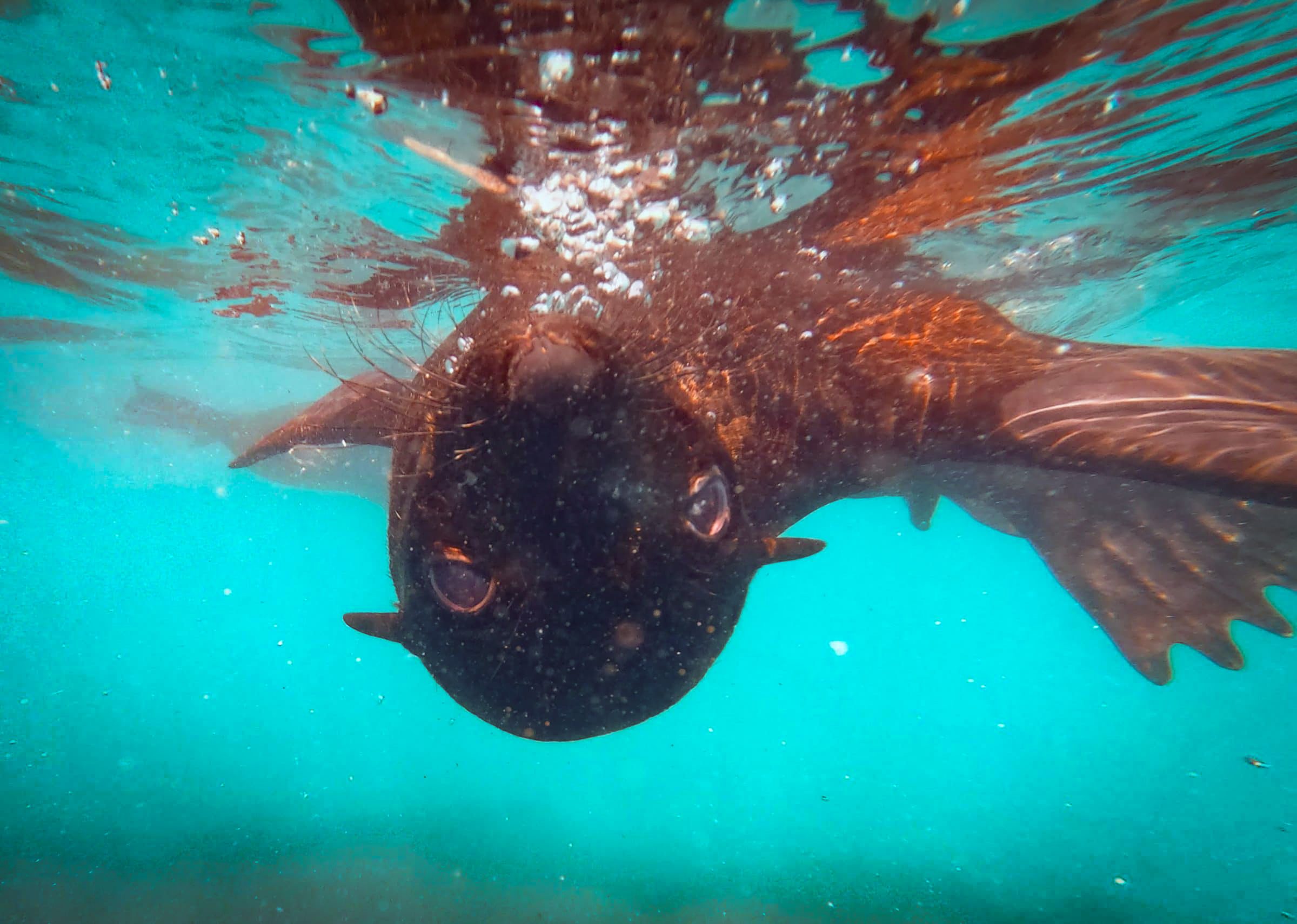

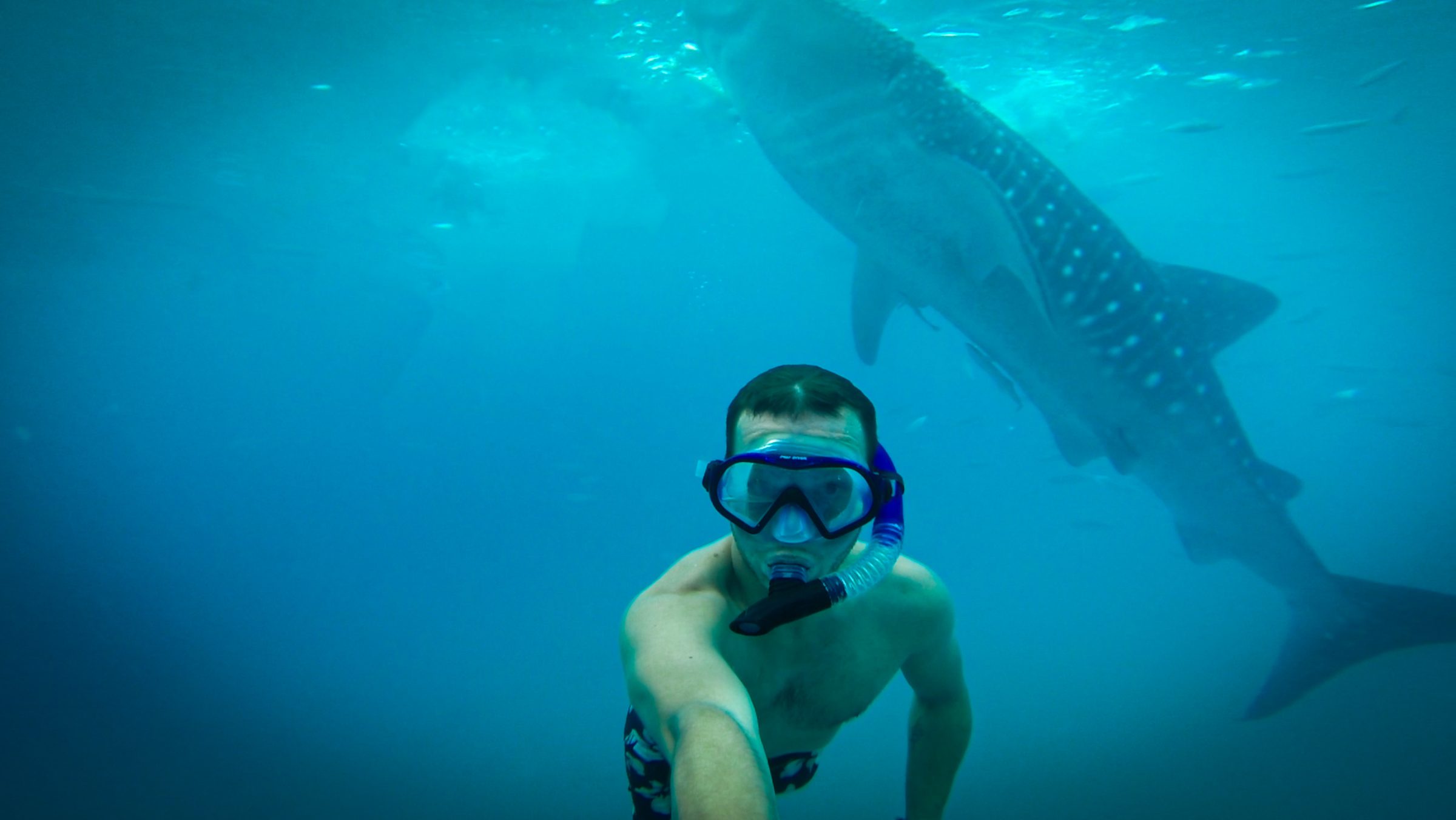

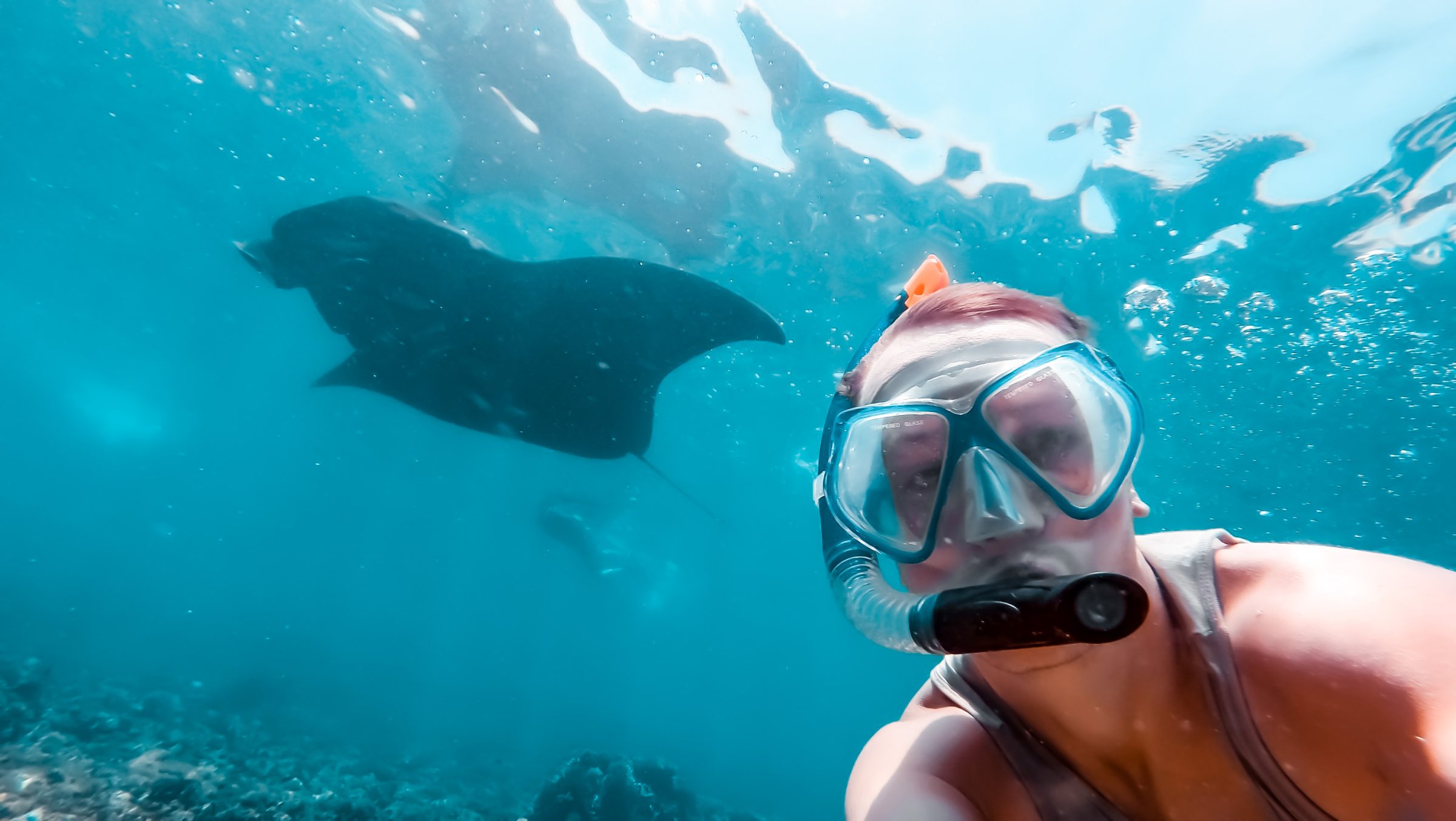
SLR cameras
Although I have photographed with SLR cameras for years, in my opinion they are no longer suitable for traveling simply because they are usually a lot larger and heavier than modern system cameras. In addition, they are also more likely to be affected by dirt, dust, moisture, heat and cold. Something that is the rule rather than the exception when traveling. However, the photo quality of a solid but 15-year-old SLR camera is still unmatched by Smartphone cameras, as these old photos from our own archive prove once again.

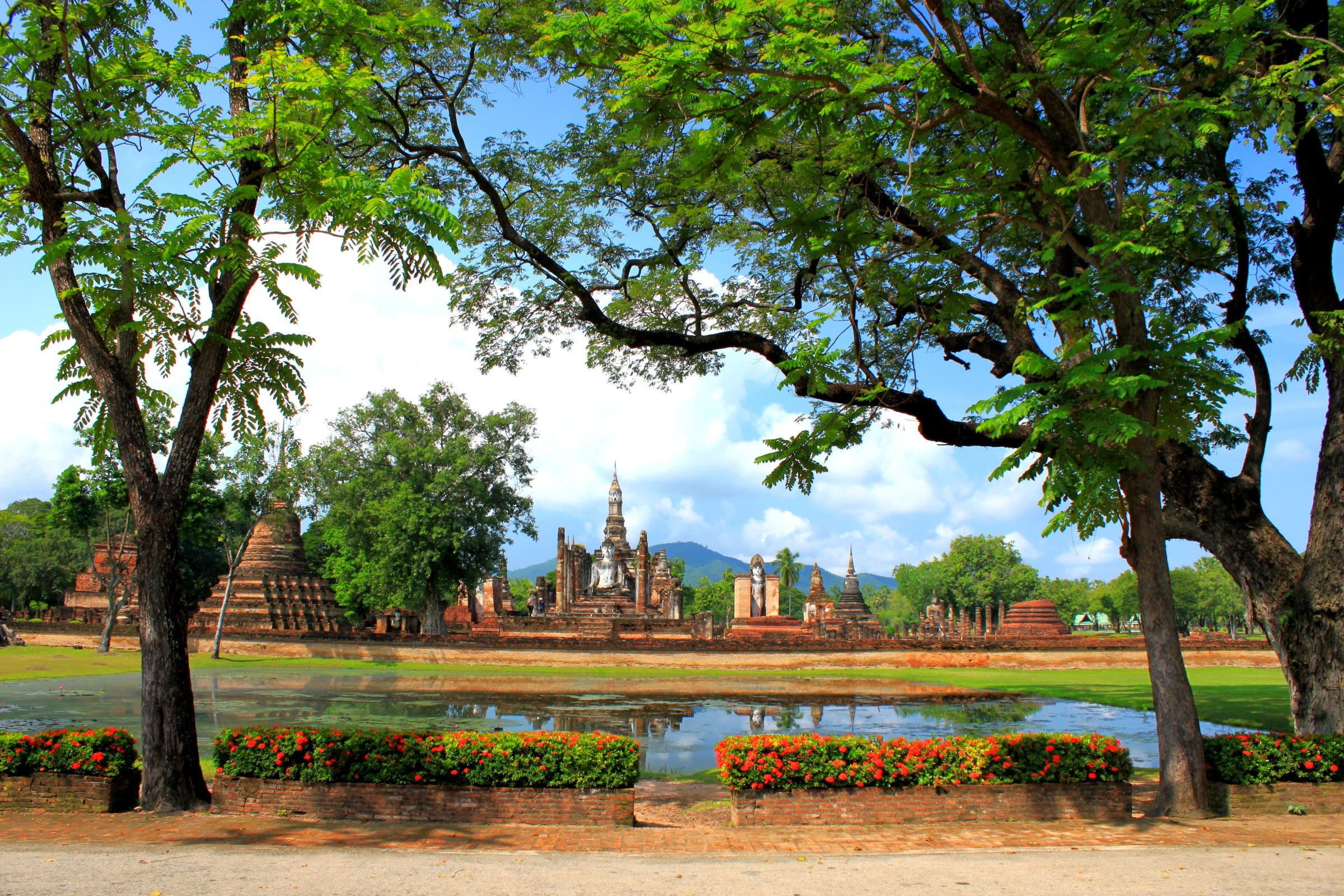
Below you see a photo of my old Canon 600D DSLR camera (left) next to my Fuji X-T20 system camera (right). If you don't look at the lens, but only at the housing, you can already see a huge difference. The Canon DSRL is almost three times as thick, a lot higher and twice as heavy. A big difference that requires no further explanation.
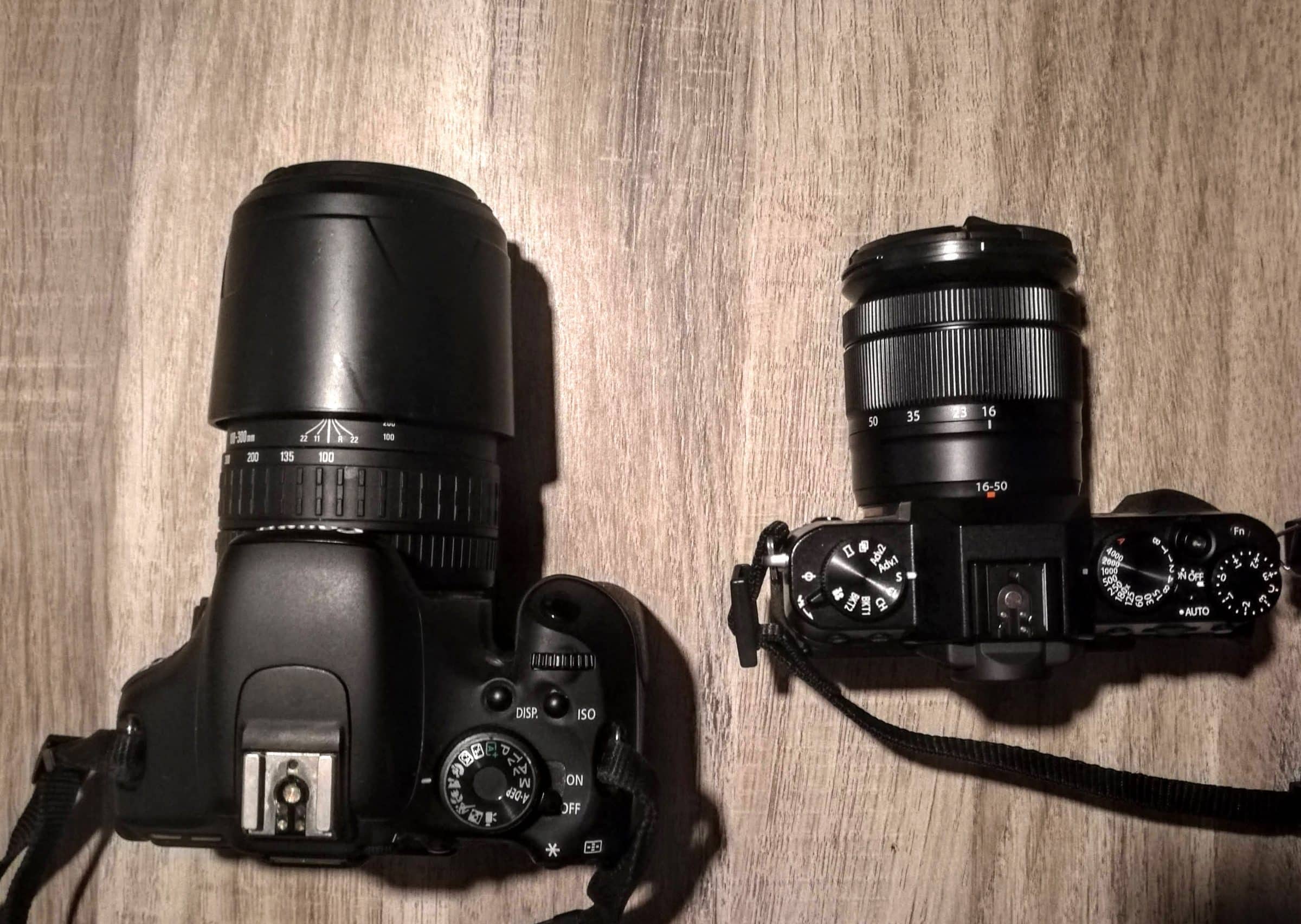
System cameras
Save the best for last, so we will quickly move on to system cameras. If you look purely at portability, system cameras are a lot less compact than, for example, the aforementioned Compact and GoPro cameras. Yet system cameras are compact cameras, especially if you compare them with a standard DSLR (SLR).
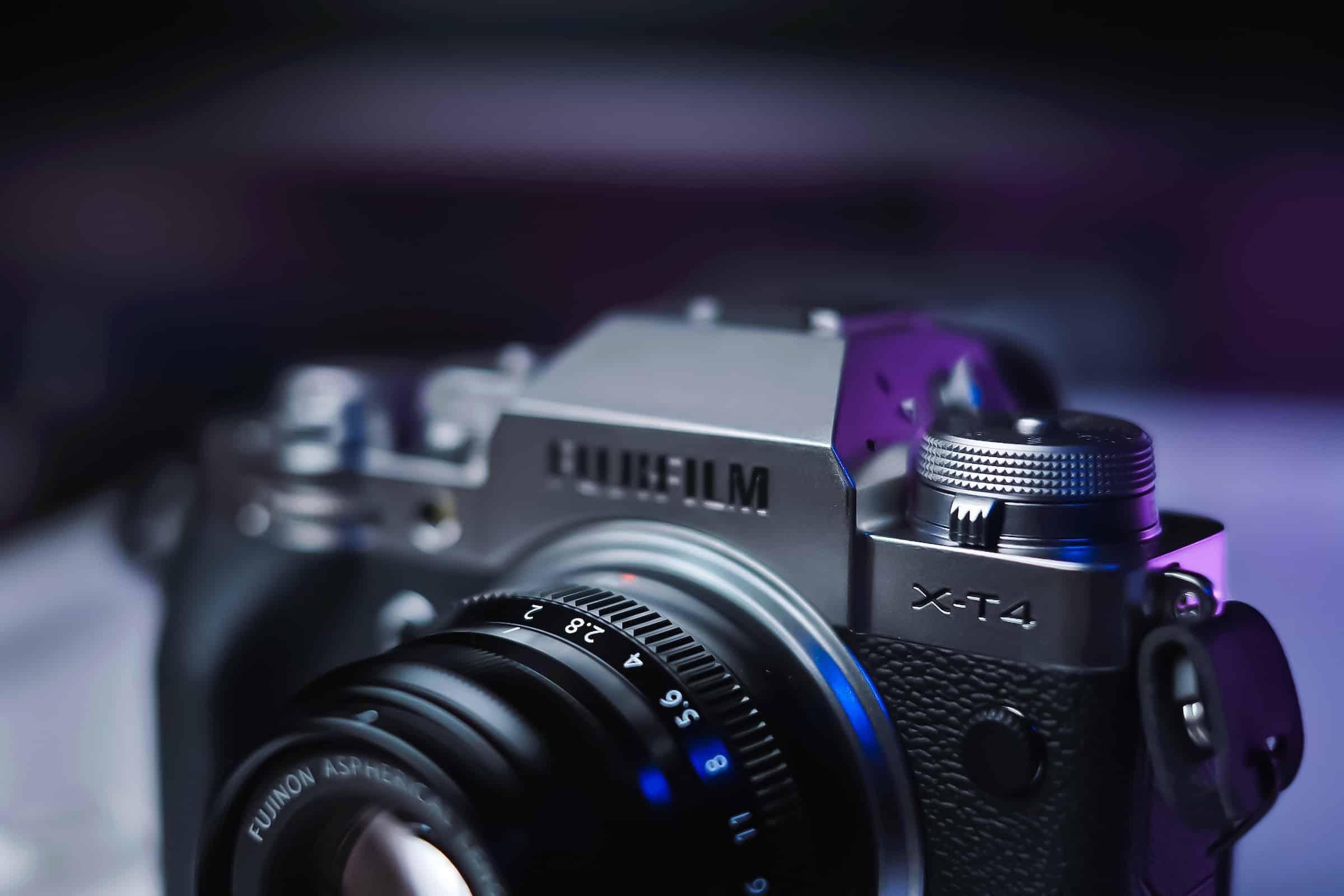
Background: For those wondering what exactly a system camera is: it is in fact the successor to the old-fashioned single-lens reflex (DSLR - digital single-lens reflex camera) camera. A DSLR SLR camera focuses the incoming light briefly on the sensor via a mechanically rotating mirror, which is the closing click you hear every time you take a photo. This system works excellently and the quality of this photo system has remained unrivaled for decades. I have literally taken thousands of beautiful photos with it! But there are also disadvantages to this system…
SLR cameras are fragile: There is one major disadvantage with SLR cameras: they are very fragile, vulnerable, moving parts in your camera that also need quite a bit of space to move. For that reason, old-fashioned SLR cameras are large and difficult to make more compact. In addition, they are vulnerable because the mirror can break and the mechanical shutter can get stuck due to dust and dirt, especially if you regularly change lenses.
System cameras are getting better: System cameras have no moving parts in the camera and therefore do not have this problem. For decades, the SLR camera could not be beaten in terms of image quality, but the digital photo world has of course not stood still either. Resolutions of system cameras became higher and sensors became more sensitive, which means that the quality of digital photography without a mirror has continued to improve.
The end of SLR cameras: The tipping point came approximately in 2017. In that year, mirrorless system camera quality surpassed SLR camera quality (on average). Tweakers.net wrote a nice article about it in 2018 the end of the SLR cameras, for those who want to know more about it. In 2021, the definitive end to an era of SLR cameras was announced: Canon permanently stopped producing SLR cameras.
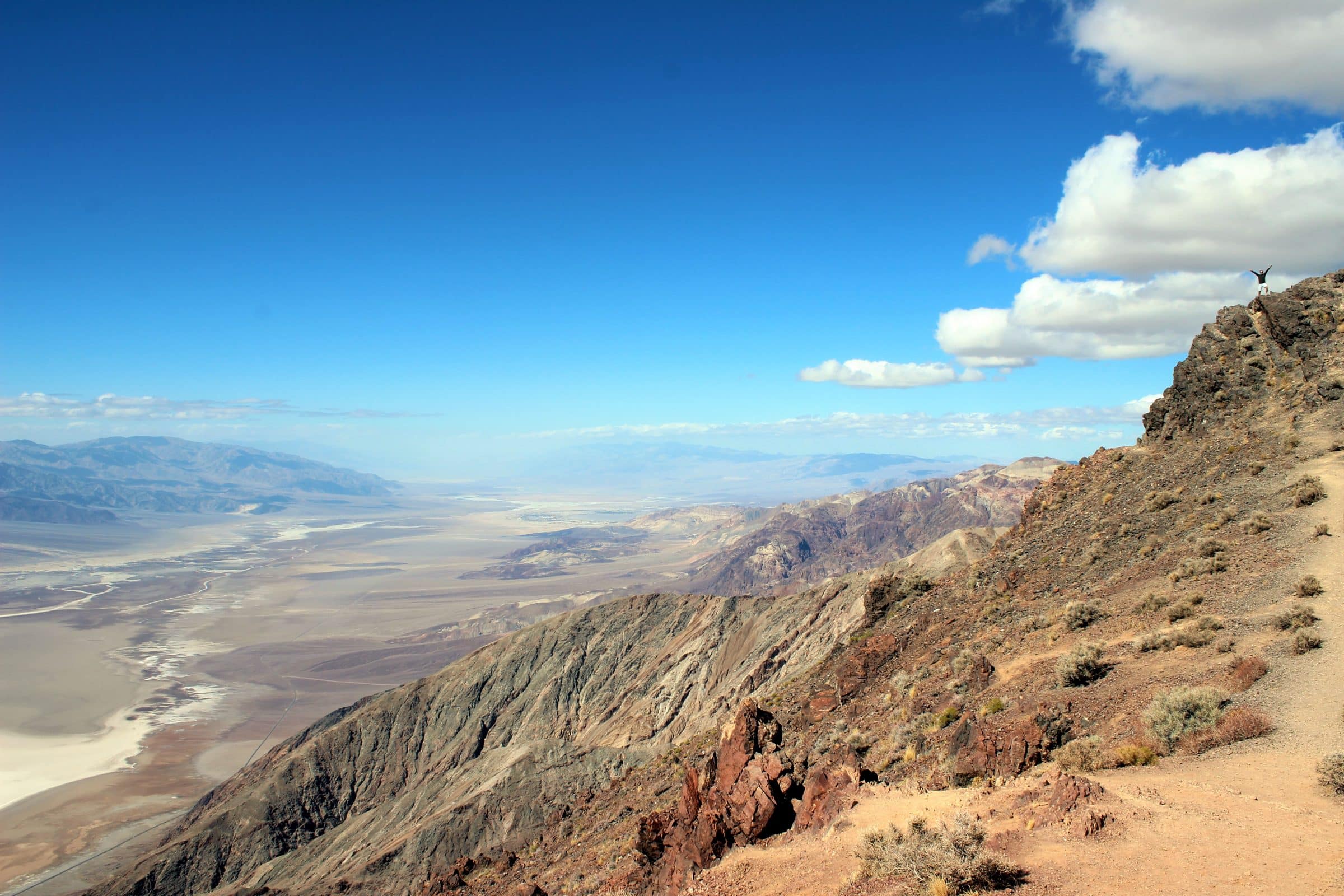
Fuji X-T20 / X-T30
My first system camera was a Fuji X-T20. After a lot of Googling, searching and reading product reviews, it quickly became clear to me in 2018 that the Fuji X-series system cameras systematically managed to trump the comparable Canon variants in product tests. See these two for example 1 - 2 extensive product comparisons on Tweakers.net. Here, various Fuji and Canon system cameras are compared and the Fujis come out on top every time.
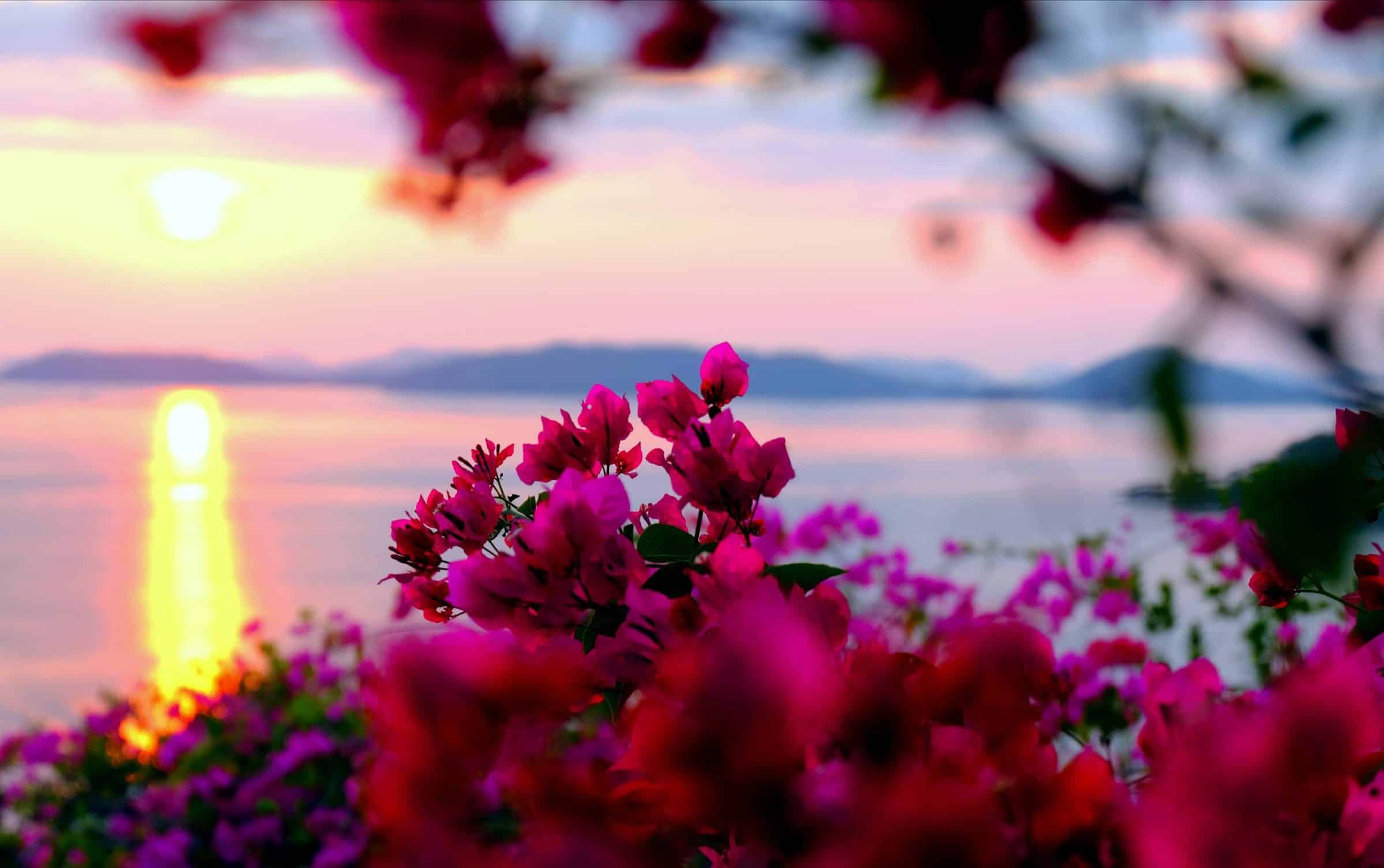
Beautiful pictures: For years I shot beautiful photos with the Fuji X-T20, anywhere in the world. Note: I am by no means a professional photographer or photo shopper. I shoot 95% of my photos simply in the automatic mode and the only thing I often adjust afterwards is the contrast and color intensity to give it a little more vibrancy.

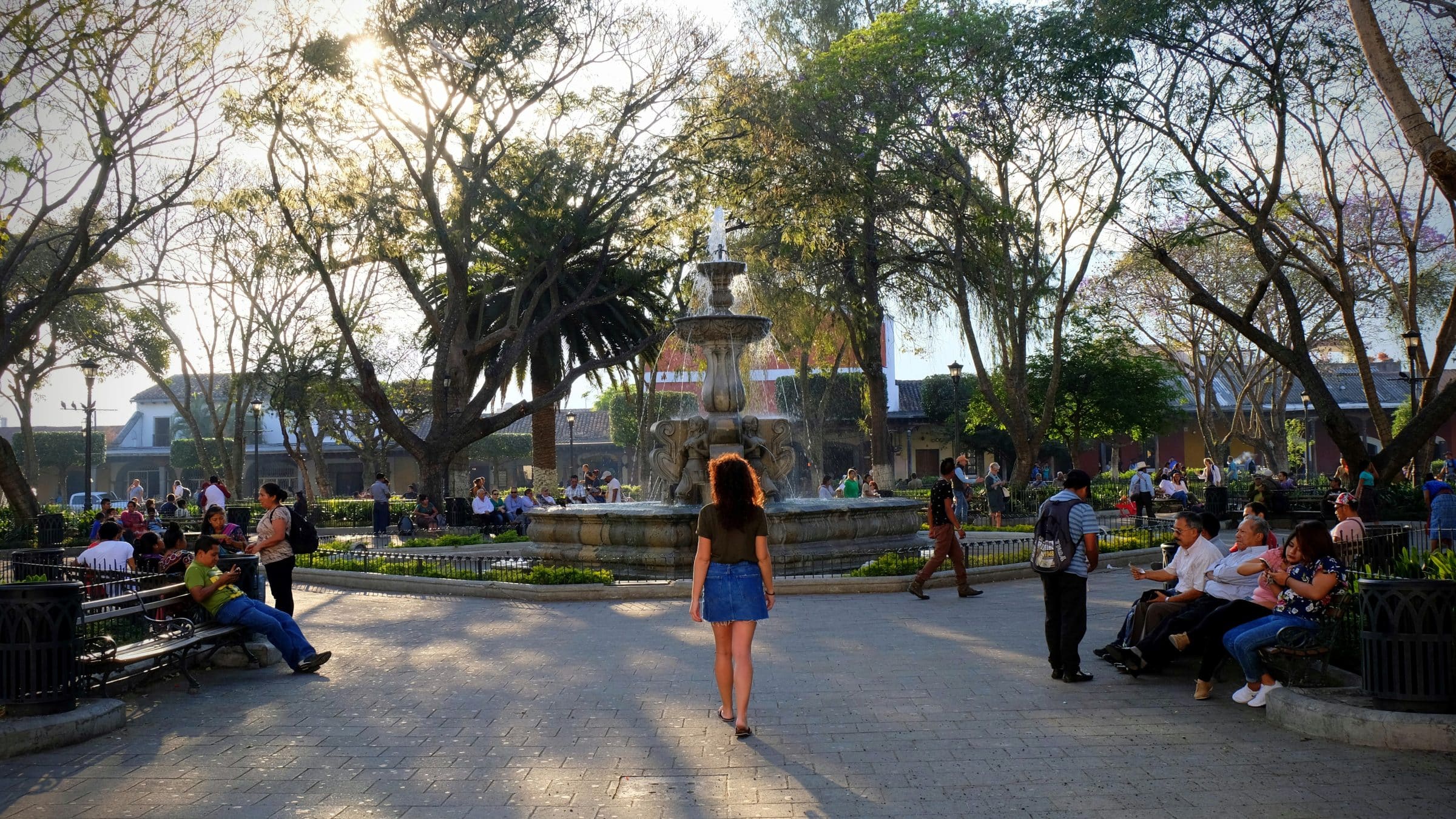

Ease of use: What I like so much about the Fuji X-T20 system camera is that it is very easy to take a beautiful photo. Yes, there are countless options for advanced photographers and you can do a lot with it. But for me, someone who travels a lot and just wants to take a quick photo, this camera works perfectly. The moment I have something in front of the lens and focus, the automatic scene selection does its work and chooses the right mode for that moment. Whether that is a sunset, landscape, macro, portrait or something else.
Portability and build quality: The compact size of the Fuji X-T20 makes it easy to hold it with one hand to take a photo. Because the housing of the Fuji X-T20 is made of hardened plastic, steel and aluminum, it can also take a beating. The biggest advantage is of course that there is no longer a vulnerable mechanical mirror that can break.
Pricing: The Fuji X-T20 and X-T30 (the successor) are here for sale for around 850 euros. These are more or less the entry-level models of the Fuji X series system cameras. For that money you get an excellent camera that takes beautiful photos. It is not without reason that this camera performs so well in the test(s) every time, it is just about the best camera money can buy for this price.
The entry-level model of the Fuji X-series system cameras. According to the many tests you can find online, the best tested camera for sale is under 1000 euros.
The camera is compact in a sturdy housing and takes unprecedentedly colorful and high-contrast photos.
- Best tested camera under 1000 euros
- Compact and super sturdy
- Beautiful pictures
- 5 year warranty
- No image stabilization
Who has the money for an X-T3 (1200 euros) or X-T4 (1700 euros, here for sale) does not have the limitations of the X-T20 (moderate image stabilization and autofocus).
Fujifilm X-T4 system camera
These more expensive Fuji X-series models are made for professionals. The cameras are equipped with excellent image stabilization for both photo and video and are much more aimed at the semi-professional segment. The X-T4 is therefore the number one choice for many professionals YouTubers en Instagrammers.
UPDATE September 24, 2023: I bought the Fuji X-T2022 system camera with the 4-16 kit lens at the beginning of 80 for our roadtrip of one year through America and Canada. After 1,5 years of intensive use in North America, Africa and Europe, I am still amazed at how beautiful the photos actually are. The Fujifilm X-T4 with 16-80 kit lens is rightly so the ultimate all-round world travel camera to name. This camera has been awarded several times by both the consumer association and Tweakers.net the best system camera currently on sale. It costs a bit, but in my personal experience it is really worth it.
I now shoot the majority of my photos in automatic mode with the Fuji X-T4. Whether you take photos during the day or at night, it is bizarre to see the quality that comes out of this camera. Take a closer look at the six photos below to see what I mean. The color, contrast and details are truly unparalleled.

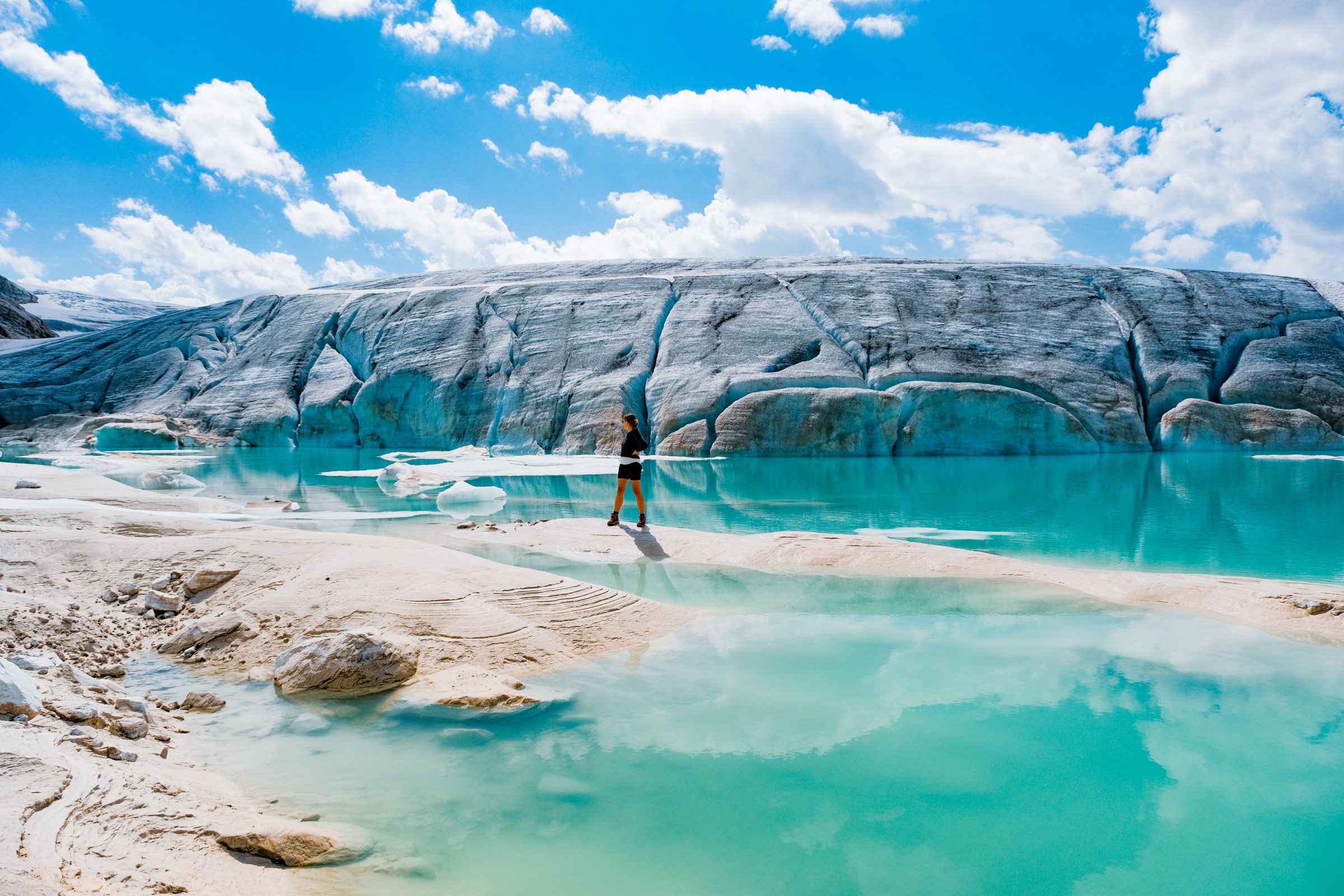



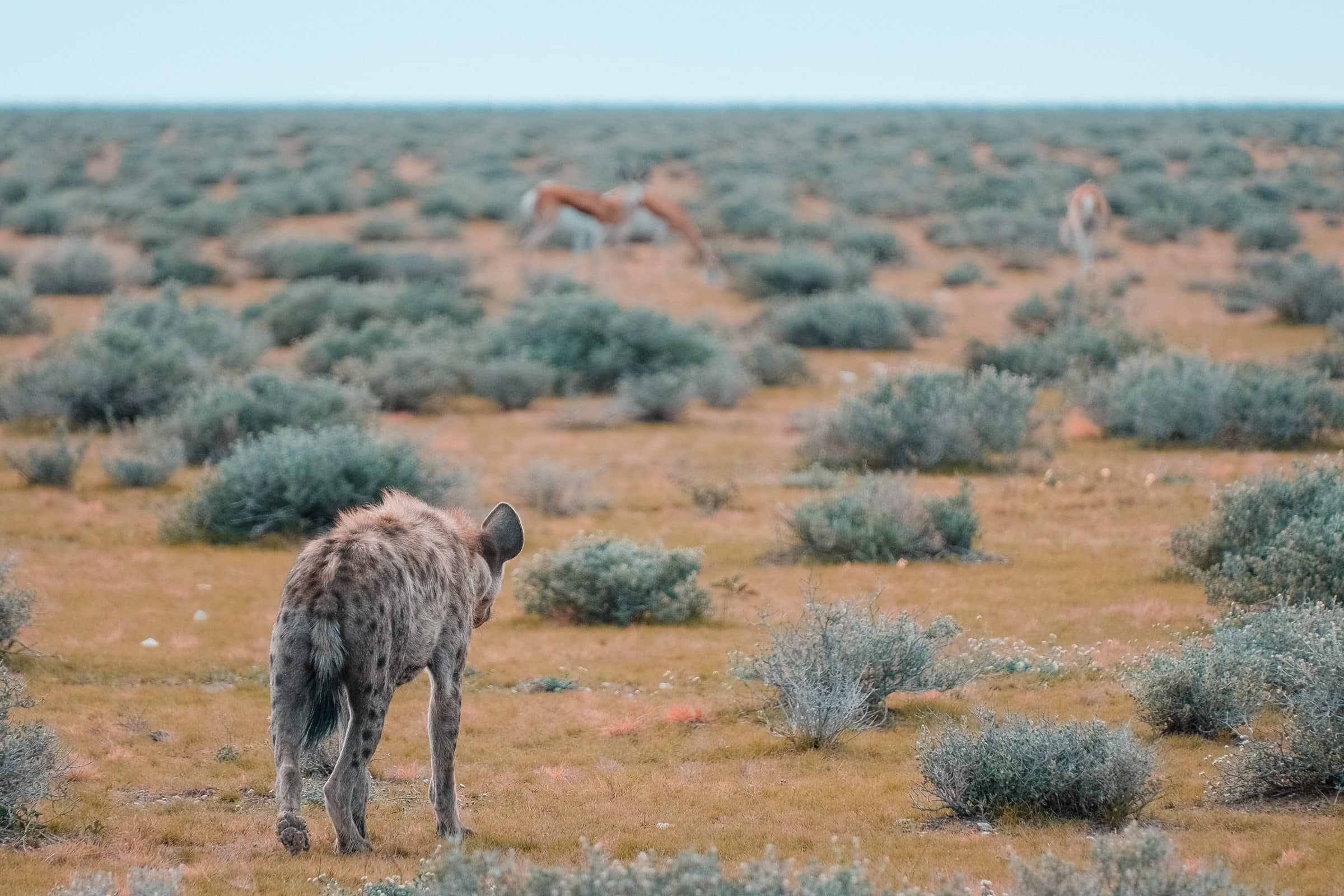
The Fujifilm X-T5 with 16-80 is the ultimate all-round world travel camera† This camera has been declared several times by both the consumer association and Tweakers.net the best system camera you can buy. Even on automatic mode, you suddenly feel like a professional photographer!
- The best tested camera
- Fantastic photos
- 6.2K video
- 5 year warranty
Conclusion
I hope that after reading this article you will have a better idea of which camera suits you best as a person during a long journey or world trip. You now understand that there is no one camera that can do everything, there is no clear winner that scores high in every situation. Every situation requires a different type of camera, so when traveling you will benefit from cameras that are versatile and do not break easily. Portability and sturdiness are important.
Many world travelers often carry several cameras with them for this reason. So am I, I carry several cameras with me on every trip, each for a different purpose. In short, I use the mirrorless cameras for photography, the GoPro for filming and taking pictures underwater and the Mavic Air 2 drone (not discussed in this article) for extra possibilities from the air.
Since January 1, 2021, it is mandatory for private individuals and companies to obtain an EU drone license. You can realize this quickly and easily through the online courses with exams from Drone Class. This allows you to fly in a responsible manner.
The 'EU drone driving license' is also accepted outside the EU in most cases, so it is advisable to have it with you at all times when you take your drone into the air, anywhere in the world.
- 100% success rate
- profitable price
- online training
You will therefore have to decide for yourself what is important to you and what budget you want to make available for this. In any case, what I have learned over the past 15 years is that it really pays to take a good SLR or system camera with you when traveling. The quality of SLR and system camera photos is and remains unparalleled – by a mile – and no futuristic smartphone can compete with that.
Also read: Why you should NOT take pictures with your smartphone during a world trip















